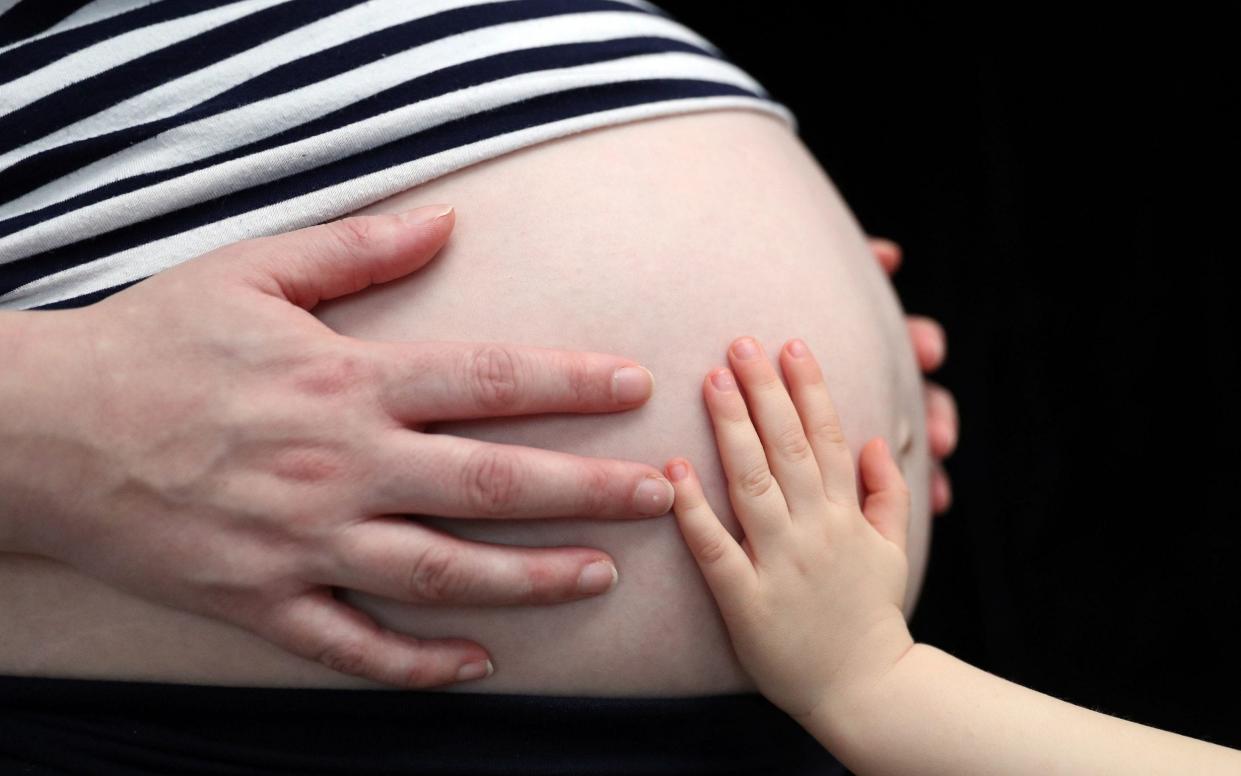Fertility rate falls to 1.5 children per woman – the lowest level since records began

The fertility rate has fallen to its lowest level since records began in 1938, government figures have revealed, with an average rate of 1.5 children per woman.
The Office for National Statistics (ONS) said there may be a number of reasons including improved access to contraception, women choosing to have fewer babies and difficulties conceiving because of postponement in childbearing.
The data showed that the total fertility rate (TFR) for England and Wales in 2020 fell to 1.58 children per woman – the lowest since records began in 1938, when it stood at 1.84.
The TFR is the average number of children that women would bear each calendar year if they are in line with the fertility rates associated with their age group.
The current rate is 4.2 per cent lower than it was in 2019 and 3.1 per cent lower than the previous record low in 2001, when the rate was 1.63.
The British Pregnancy Advisory Service (BPAS) said: “This data reflects ongoing trends towards later motherhood and smaller family sizes.
“There are a variety of reasons why women are choosing to delay having children and have smaller families – these include the desire to progress at work, an awareness of the ‘motherhood pay penalty’ and the ever-increasing cost of raising a child.
“It may well be that hardship and economic uncertainty due to the Covid-19 pandemic has accelerated these trends.”
The ONS data also showed that there were 613,936 live births in England and Wales in 2020, a decrease of 4.1 per cent from 2019.
Fall in fertility rates across all age groups
Researchers found that fertility rates decreased across all age groups. The average age of mothers at childbirth remained the same as 2019, at 30.7 years, following a gradual increase since 1973.
Fertility rates decreased across all age groups, including for women aged 40 years and over for the first time since 2013 – 16.5 to 16.0 live births per 1,000 women from 2019 to 2020.
For women aged 35 to 39, the rate was 59.8 live births per 1,000 women – down from 61.9 the previous year.
For women aged 30 to 34, it fell from 104.7 to 102.5. For those aged 25 to 29, it fell from 88.3 to 84.6, while for those 20 to 24 it fell from 48.4 to 44.8. For women under 20, it fell from 11.2 to 10.0.
The ONS was keen to stress that birth registration services have been disrupted by the Covid pandemic.
Researchers said: “There are small differences between the published provisional data and our usual annual births data but the main messages remain unchanged, with the total number of births continuing the decrease that we have seen in recent years.”
They said the 2020 birth registrations data is likely to show a small underestimate, adding: “The majority of the currently missing or late registrations will be included in our 2021 births release.”
The ONS also published data on stillbirths showing that, in 2020, the number in England and Wales was 2,371, a six per cent decrease compared with 2019 and the lowest since records began in 1927.

